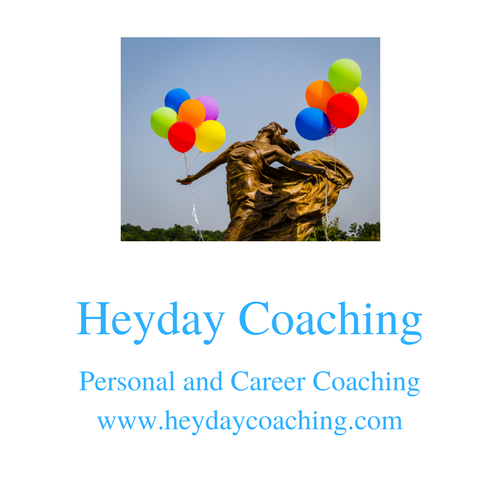Image by Ben Kerckx from Pixabay
Last week, I was listening to a podcast about the importance of shifting your mindset when you want to take on a big challenge. Your mindset is your habitual attitude or approach, and many of us have a mindset that urges us to “play small”—to give more attention to our fears than our dreams. When we play small, we hold ourselves back. We don’t write that book, start that business, pursue that promotion, or paint that beautiful mural.
Shifting your mindset so that you believe you can and should pursue your big dreams is not something you can do in three or five or seven easy steps. It’s a practice that requires you to use multiple tools again and again and again. I often work with coaching clients on finding the best tools to help them shift their own mindsets around success and pursuing big goals.
Thinking about all this reminded me of one of the tools I used to shift my own mindset. Right after I graduated from college, I took an entry level job in the communications office at my alma mater. Several of my close friends were still students, so I hung out with them on the weekends. One evening, we were talking about career goals, and one of them said, “Melissa, if you want to achieve your goals, you’ve got to learn to project more confidence.” I was incensed. I was pretty sure that I had plenty of confidence. Then he explained. He said something to the effect of, “When you walk into a roomful of people, you act like a little mouse. You draw yourself in and tuck your head into your shoulders and skirt the edges of the room like you don’t want anyone to notice you. And since you’re a small person, the way you carry yourself makes it really easy to overlook and discount you.”
At the time, I insisted that my friend was wrong, but his words echoed in my head. I started to pay attention to the way I carried myself when I walked into meetings and receptions. I realized that he was absolutely right: I was scurrying around the edges of a room like a mouse who didn’t want to be seen. I made up my mind to shift my behavior. I made it a practice to pause and take a deep breath before entering a room, to stand up straighter and relax my arms at my sides and then enter the room making eye contact and greeting people.
It took years of practice, but the more I practiced, my more I found that my mindset was shifting. Instead of wondering whether I really belonged in a roomful of successful people, I began to believe that I did. Instead of keeping a low profile in new situations, I worked to look like I was meant to be there—not in a conspicuous way but in a confident way.
Now I know that I was practicing one element of “presence,” to use social psychologist Amy Cuddy’s term. Presence is a way of carrying yourself that conveys authority, confidence, and a sense that you belong in whatever room you are in. Cuddy says that “presence is about approaching our biggest challenges without dread, executing them without anxiety, and leaving them without regret.”
If you’re a “Ted Lasso” fan, you probably remember the scene when team owner Rebecca confides to her marketing specialist Keeley that she is intimidated by a big meeting with the other (all male) team owners. Keeley introduces Rebecca with Amy Cuddy’s book and teaches her how to practice power posing in front of the mirror. With a little practice, Rebecca owns that room full of team owners.
Having presence isn’t about impressing other people. And it’s not about “faking it till you make it.” As Cuddy puts it, “It’s about the impression we make on ourselves.” After all those years of carrying myself like I had what it took to succeed, I actually internalized that belief for myself—at least most of the time. Cuddy would say that by expanding my body language I felt “more confident and powerful, less anxious and self-absorbed, and generally more positive.”
Nowadays, I rarely have to think about adjusting my body language when I enter a tough room. It’s become part of my natural way of being in the world—part of my presence.
What about you? What presence skills do you need to develop?
For a brief introduction to Cuddy’s work on presence, watch her TED talk. Then you may want to check out her book, Presence: Bringing Your Boldest Self to Your Biggest Challenges.


